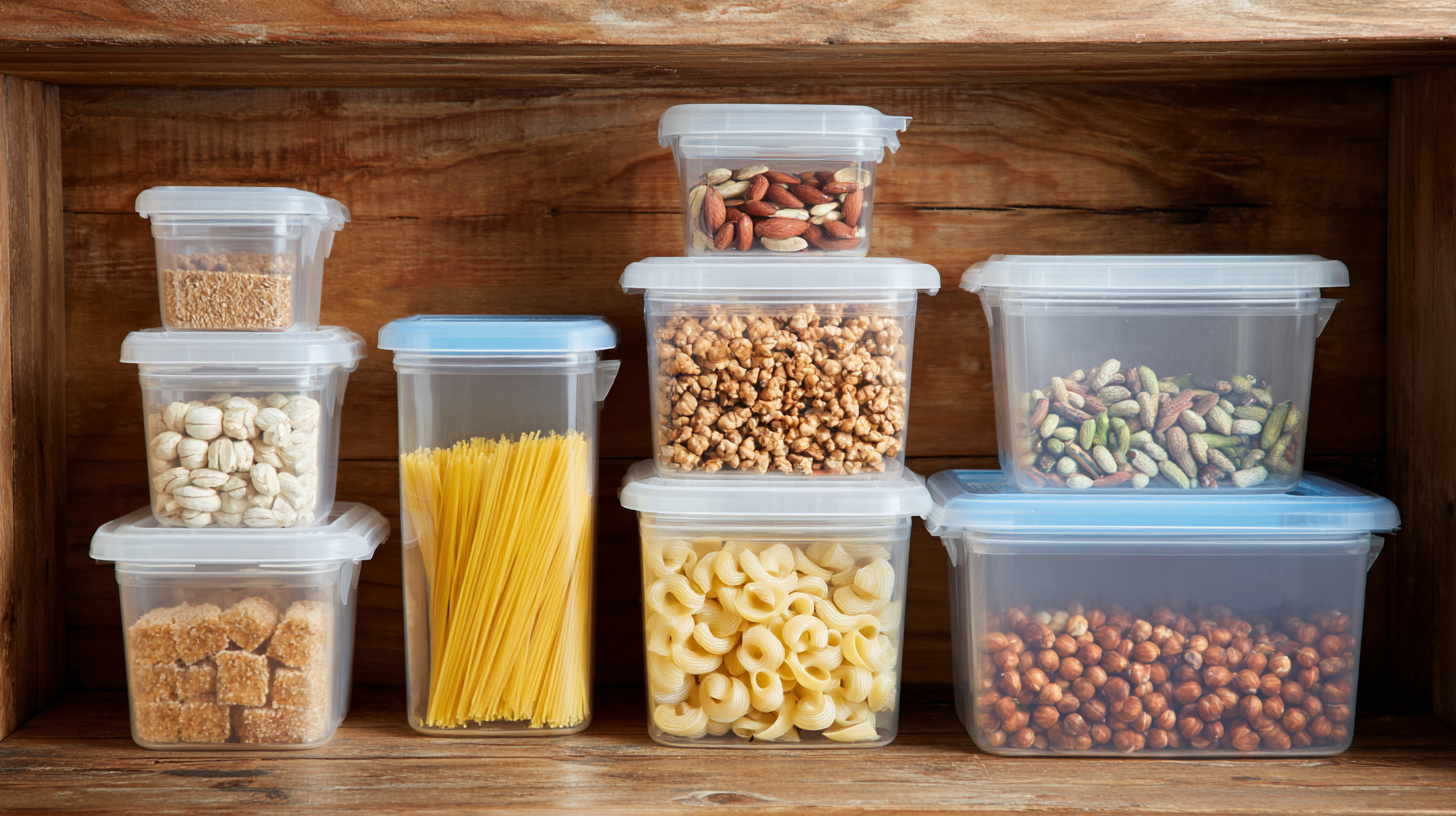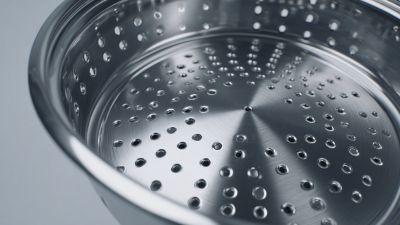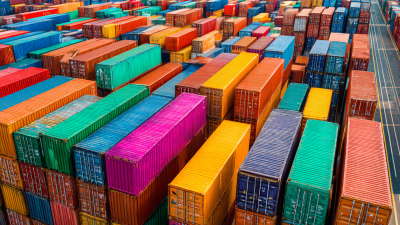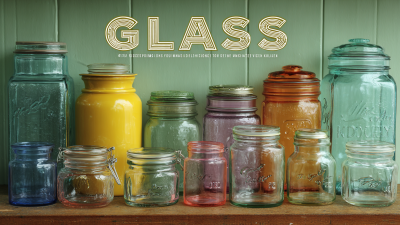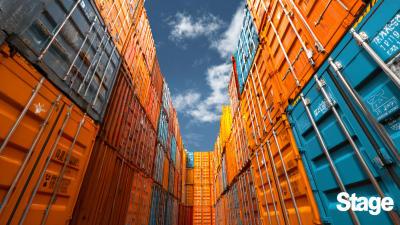Welcome to this website!

In today's fast-paced world, selecting the appropriate plastic containers for storage has become a vital consideration for both consumers and businesses alike. According to a report by Grand View Research, the global plastic container market is projected to reach USD 41.8 billion by 2025, driven by increasing demand for convenient and durable storage solutions. As organizations strive to optimize space and enhance efficiency, understanding the various types of plastic containers available is crucial. These containers not only cater to diverse needs in food storage, pharmaceuticals, and industrial applications, but they also contribute to sustainability efforts through reusability and recyclability. This guide will provide essential insights and criteria to help you choose the right plastic containers that meet your specific storage requirements effectively.
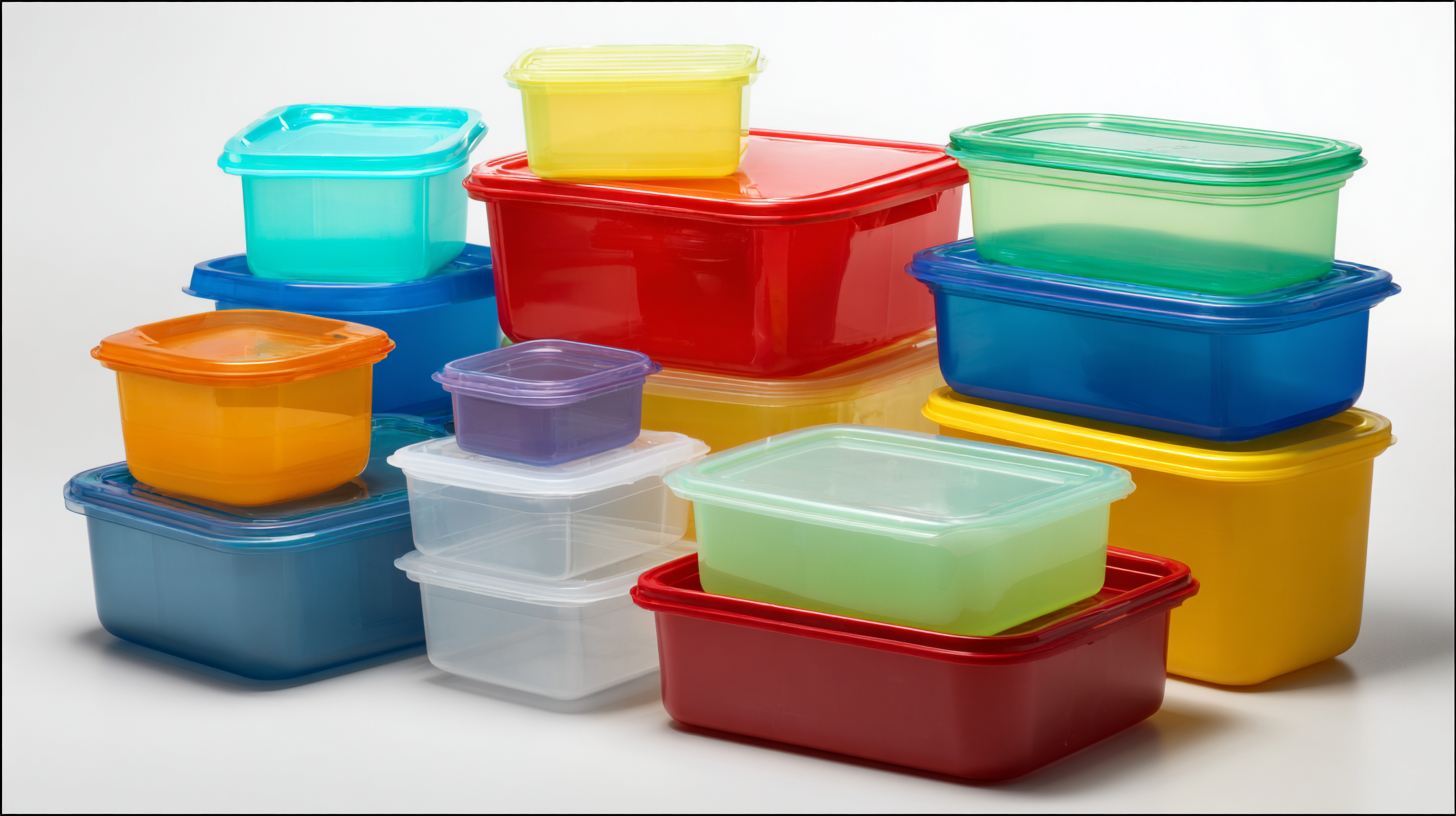
When selecting plastic containers for storage, understanding the various types of plastic materials available is crucial. The most common plastics used for storage are polyethylene (PE), polypropylene (PP), and polyvinyl chloride (PVC). According to a report by Grand View Research, the global plastic container market is expected to reach USD 20.4 billion by 2025, driven by the growing demand for durable and recyclable storage solutions. PE is known for its flexibility and resistance to impact, making it ideal for food storage. In contrast, PP has a higher heat tolerance and is often used for containers that need to withstand warmer temperatures.
**Tips:** Consider using containers made from BPA-free plastics, especially for food storage, as this reduces health risks associated with chemical leaching. Also, opt for containers with airtight seals to protect contents from moisture and pests, enhancing the longevity of your storage items.
It's also essential to consider the type of storage you’ll be doing. For example, while PVC is widely used in packaging due to its strength and rigidity, it's less ideal for storing food due to potential chemical migration. Understanding these properties can help you make informed choices that cater to both your functional needs and safety concerns.
When selecting plastic containers for storage, evaluating their durability and safety ratings is crucial. Durability often correlates with the type of plastic used, such as polypropylene or polyethylene, which are known for their strength and resistance to impact. A good quality container should not only withstand everyday wear and tear but also sudden temperature changes, which can lead to cracking or warping. Look for containers that are labeled as BPA-free, as this indicates they do not contain bisphenol A, a chemical that may leach into food and pose health risks.
Safety ratings are also an essential aspect of your selection process. Many manufacturers provide safety certifications that indicate their products have been tested for harmful substances. It’s important to choose containers that are specifically intended for food storage, as these typically adhere to stricter safety standards. Additionally, consider containers that are dishwasher and microwave safe, as they are designed to endure higher temperatures without compromising their safety or integrity. By carefully assessing both durability and safety ratings, you can ensure that your storage choices meet your requirements for reliability and health.
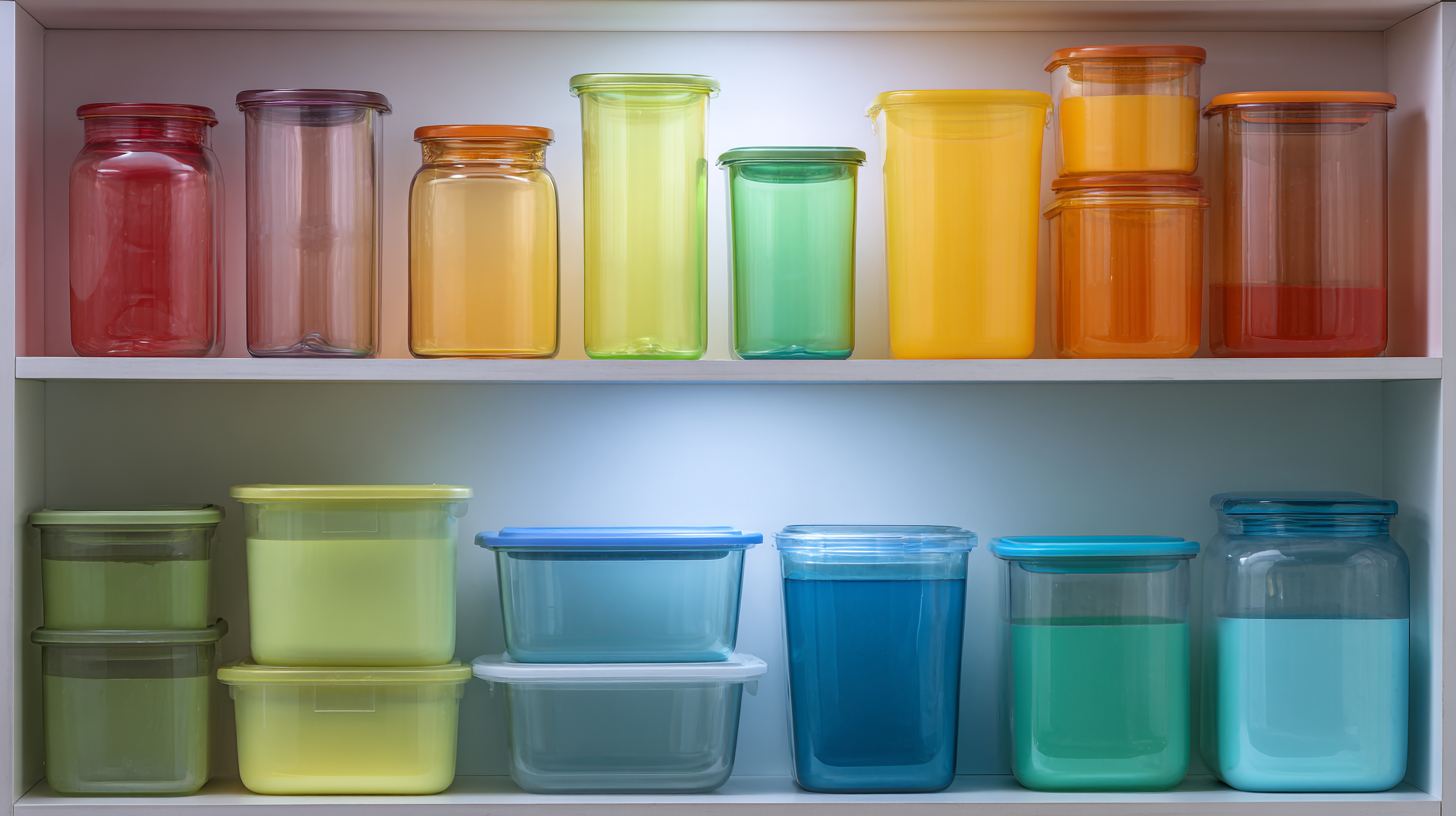
When selecting plastic containers, it's crucial to consider not only their functionality but also their environmental impact. According to the World Economic Forum, around 300 million tons of plastic are produced annually, with about 50% of this being disposable. This alarming statistic highlights the importance of choosing containers made from recyclable materials. Plastics labeled with numbers 1 (PET) and 2 (HDPE) are widely accepted in recycling programs and are more likely to be repurposed effectively. Understanding the recyclability of the materials you choose directly influences the lifecycle of plastic products and their impact on the environment.
Eco-friendliness should play a pivotal role in your decision-making process. A report by the Ellen MacArthur Foundation emphasizes that transitioning to a circular economy can significantly reduce plastics' ecological footprint. Containers made from post-consumer recycled plastics not only help reduce waste but also minimize resource extraction and energy consumption. By opting for eco-friendly options, consumers can support sustainable practices and contribute to the reduction of plastic pollution, which currently harms marine life and ecosystems. Therefore, assessing the recyclability and overall environmental friendliness of plastic containers is an essential step toward responsible storage solutions.
| Plastic Type | Common Uses | Recyclability | Eco-Friendliness Rating | Notes |
|---|---|---|---|---|
| Polyethylene Terephthalate (PET) | Bottles, containers | Widely recyclable | Good | Considered safe for food contact |
| High-Density Polyethylene (HDPE) | Milk jugs, detergent bottles | Recyclable | Very Good | Resistant to impact and moisture |
| Polyvinyl Chloride (PVC) | Pipes, clear food packaging | Limited recyclability | Poor | Can release harmful chemicals when burned |
| Low-Density Polyethylene (LDPE) | Grocery bags, industrial bags | Recyclable in some areas | Moderate | Flexible and lightweight |
| Polypropylene (PP) | Food containers, straws | Recyclable | Good | Durable and heat resistant |
| Polystyrene (PS) | Disposable cutlery, foam containers | Rarely recycled | Poor | Can leach harmful substances |
When selecting plastic containers for your storage needs, focusing on size and shape is crucial to maximize efficiency and functionality. Start by evaluating the specific items you plan to store. If you’re organizing a pantry, look for stackable containers that utilize vertical space, allowing easy access while keeping everything tidy. For items like leftovers or meal prepping, choose containers with airtight lids to minimize odor retention and ensure freshness.
In addition, consider the shape of the containers. Square or rectangular options tend to fit well into shelving while optimizing space, compared to rounded shapes that may waste corners. If you need portable storage for items like snacks or meal portions, look for containers that are lightweight yet sturdy, with compartments for variety. By carefully assessing your storage needs and choosing the appropriate sizes and shapes of plastic containers, you'll create an organized system that enhances both accessibility and aesthetics in your home.
This chart illustrates the monthly usage of various sizes of plastic storage containers. The data shows that small and medium containers are the most utilized, indicating a preference for versatile storage options.
When selecting plastic containers for your storage solutions, it’s essential to focus on features that maximize functionality. Look for containers with a variety of shapes and sizes to accommodate different items, from small toiletries to larger clothing pieces. Transparent options can help you easily identify contents at a glance, which saves time when searching for specific items. Additionally, consider containers with secure lids to prevent spills and keep your belongings safe from dust and moisture.
Another key feature is stackability. Choosing containers that can be neatly stacked not only optimizes your available vertical space but also keeps your storage area organized. For bathrooms, kitchens, or classrooms, containers with built-in handles can make transportation effortless, especially when moving items from storage to your workspace or living area. Ultimately, the right plastic storage solutions should enhance your organization system, tailored to your unique storage challenges, whether it's a cramped dorm room or a busy kitchen.
